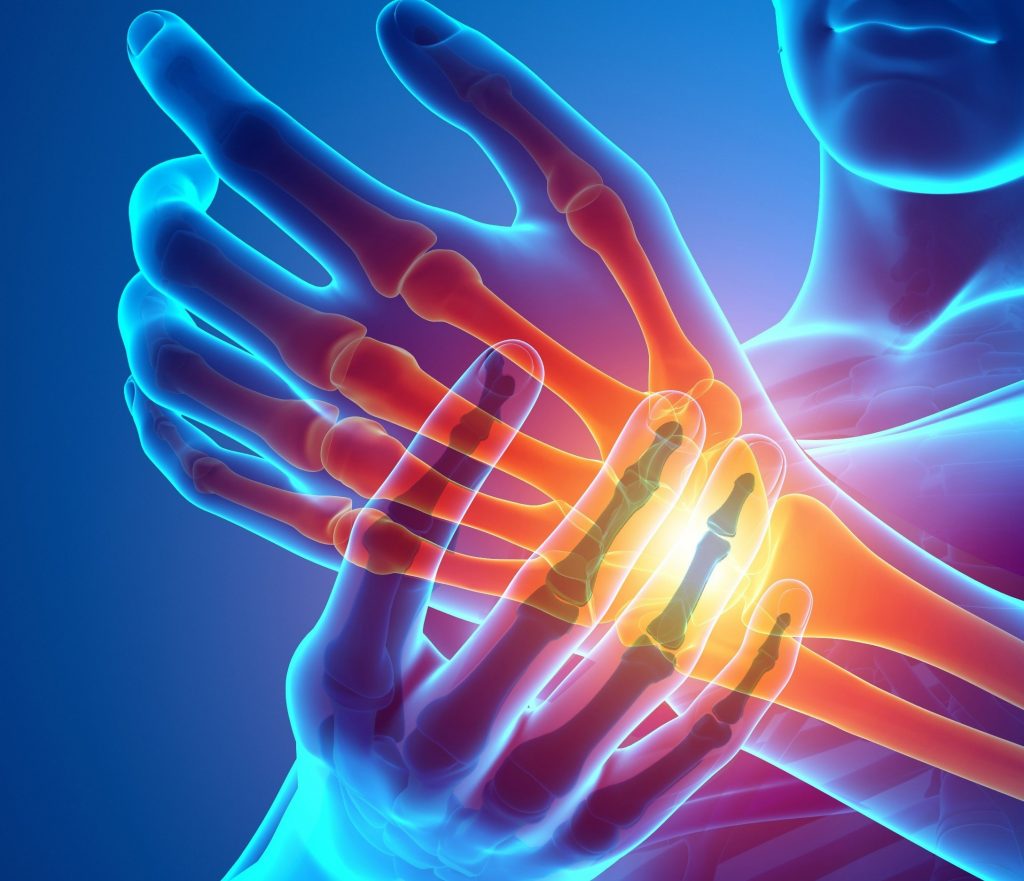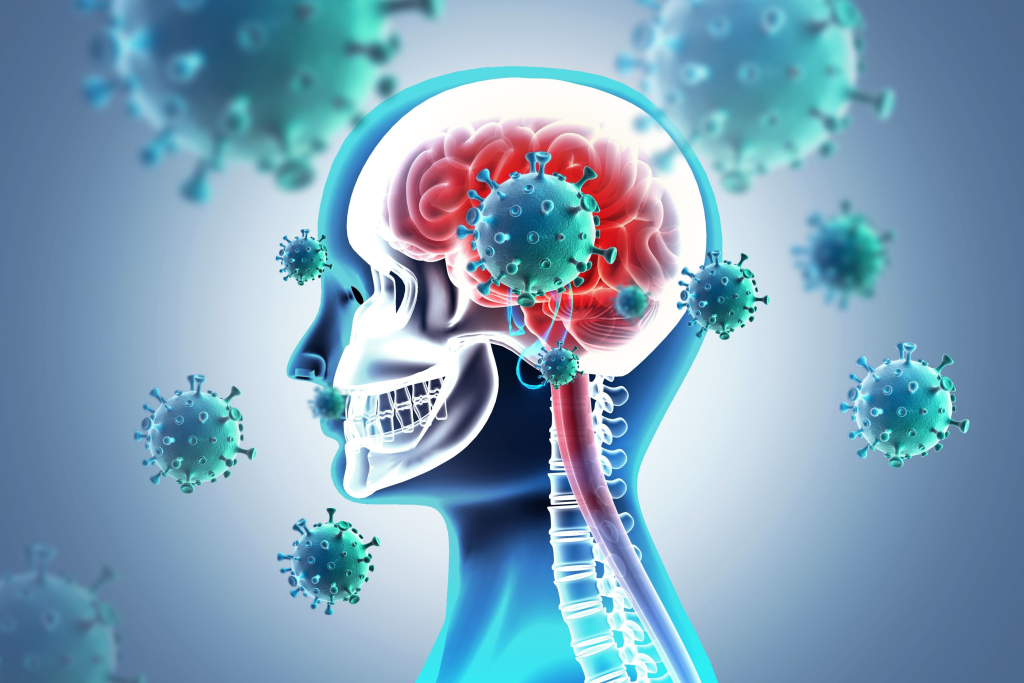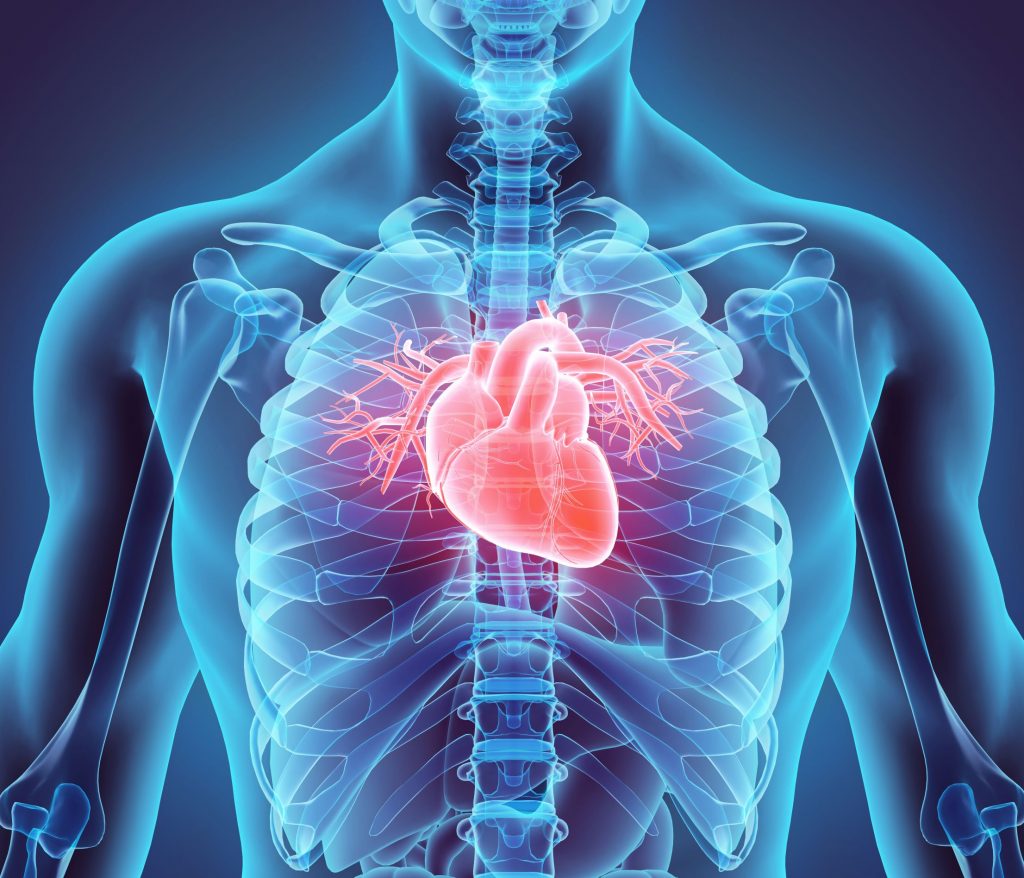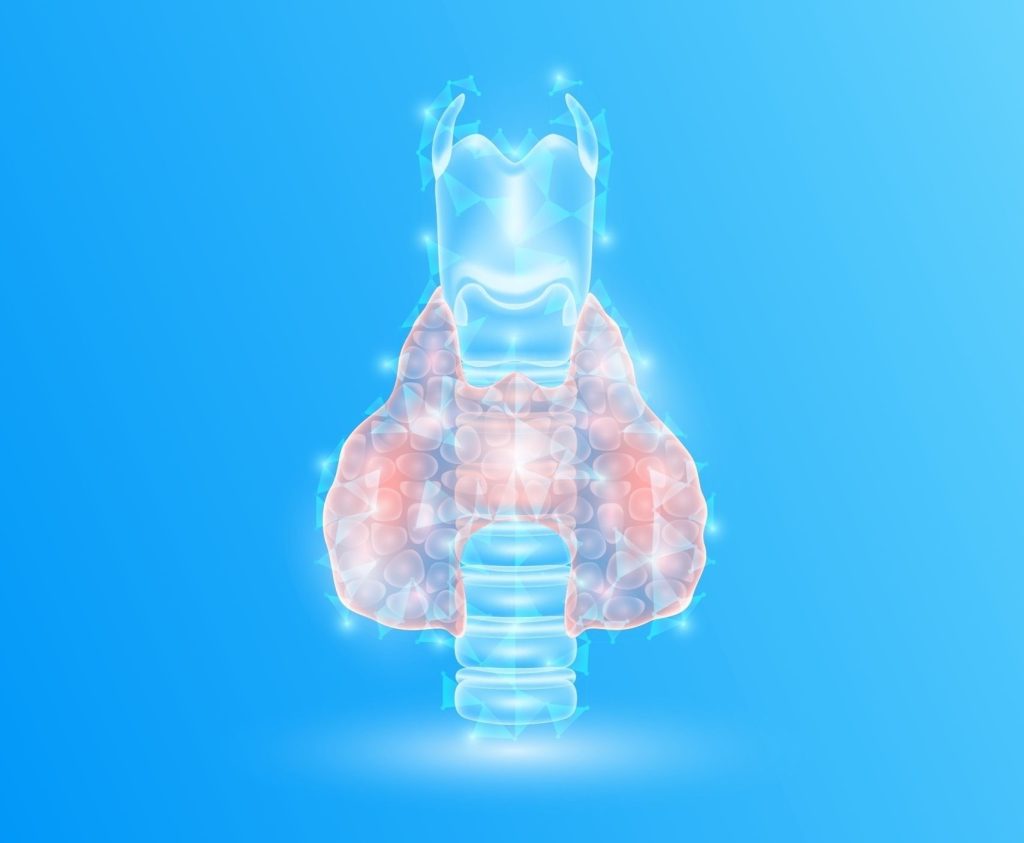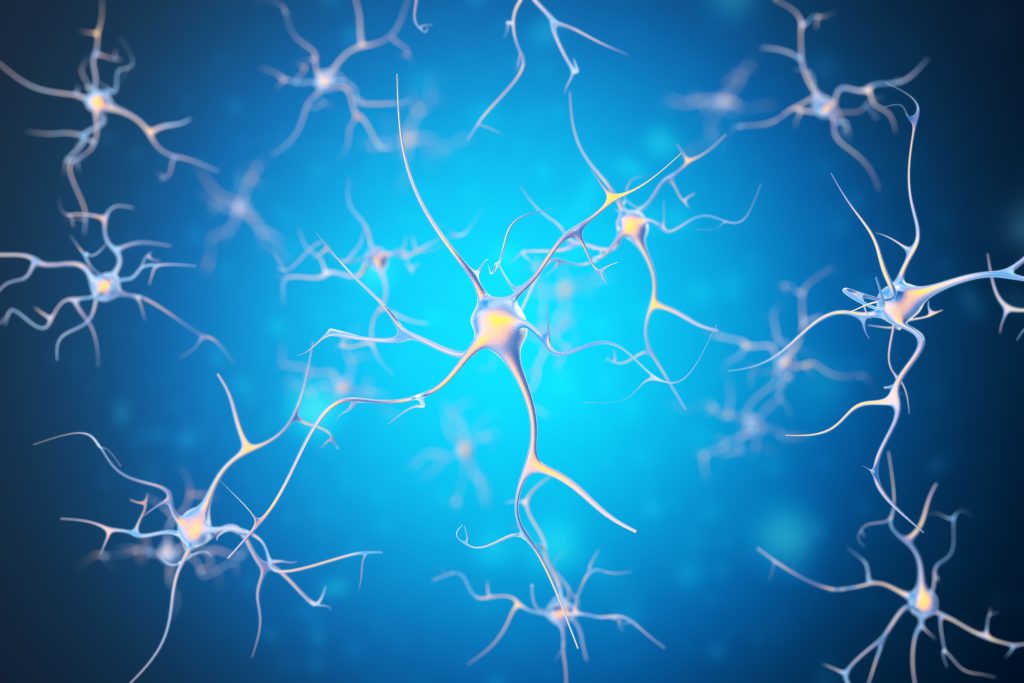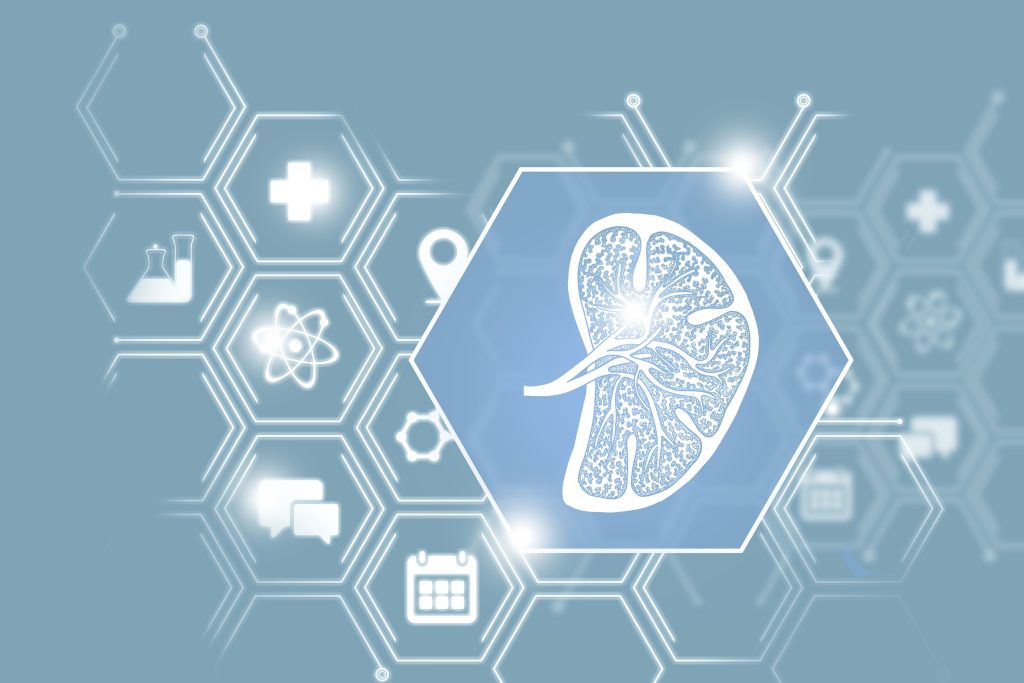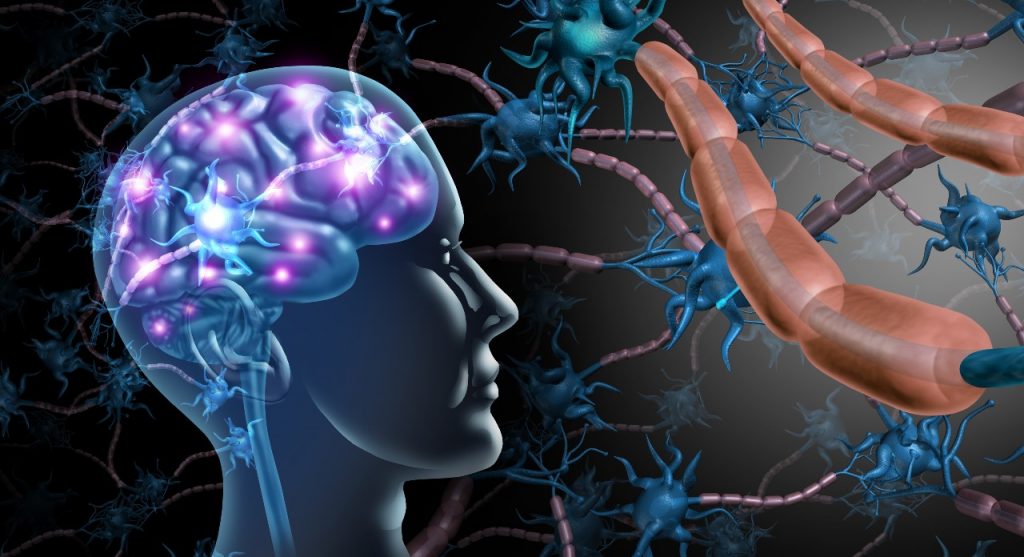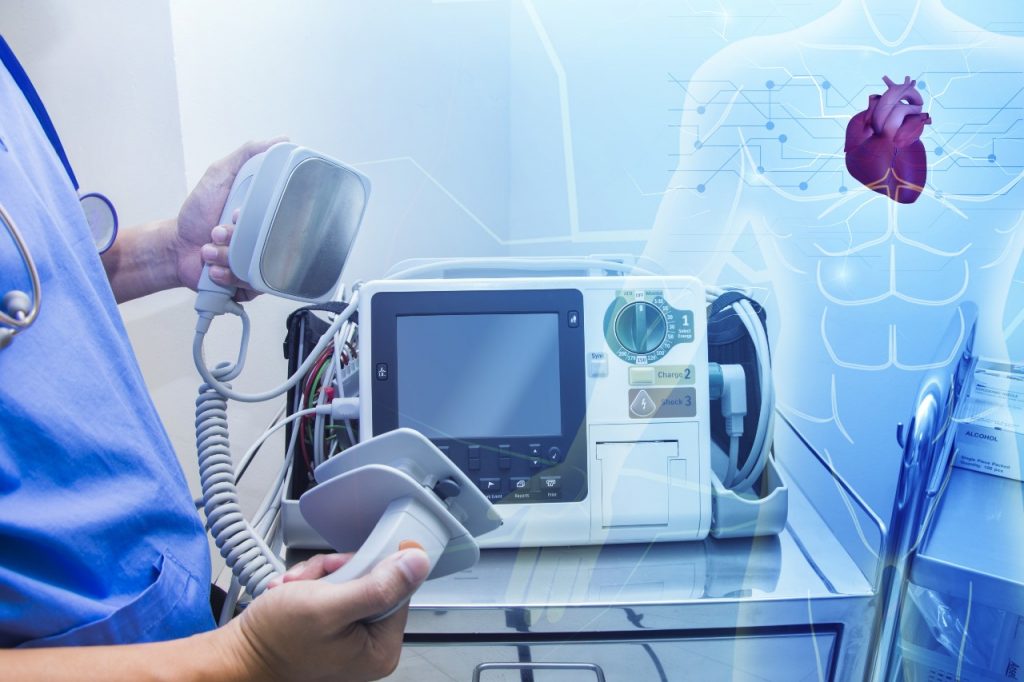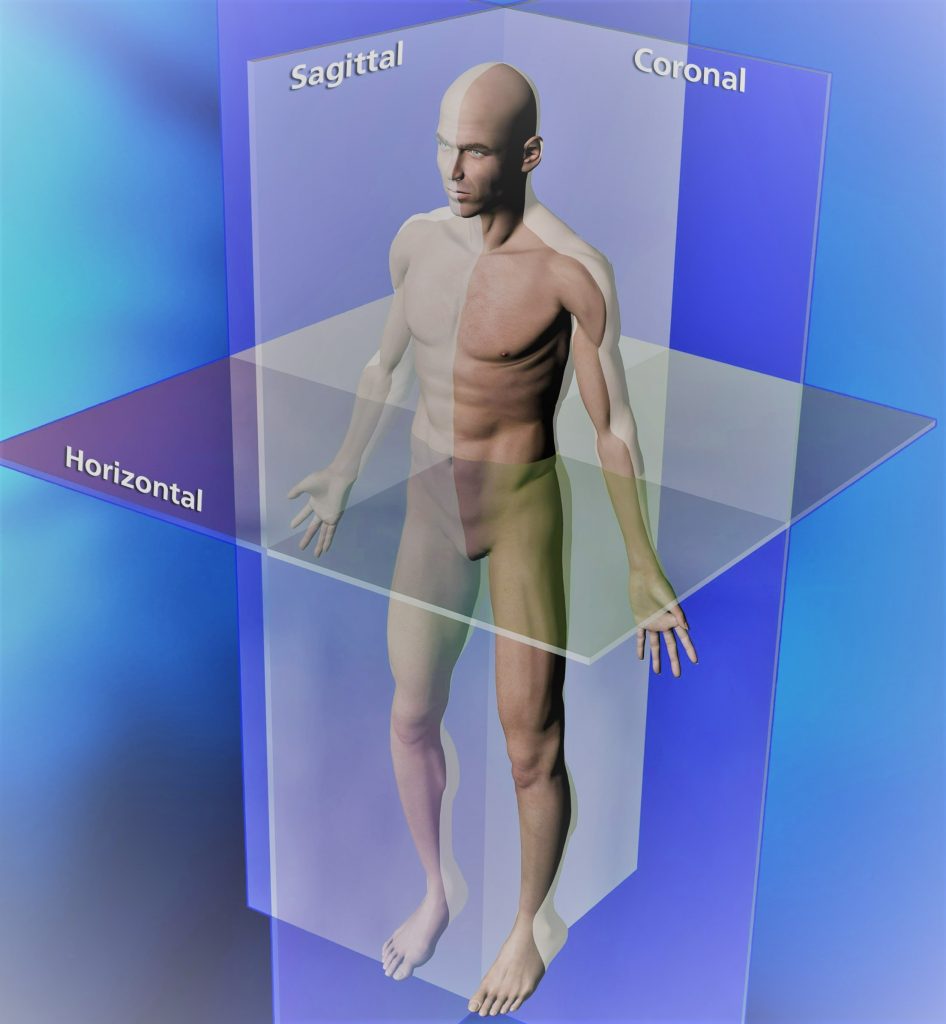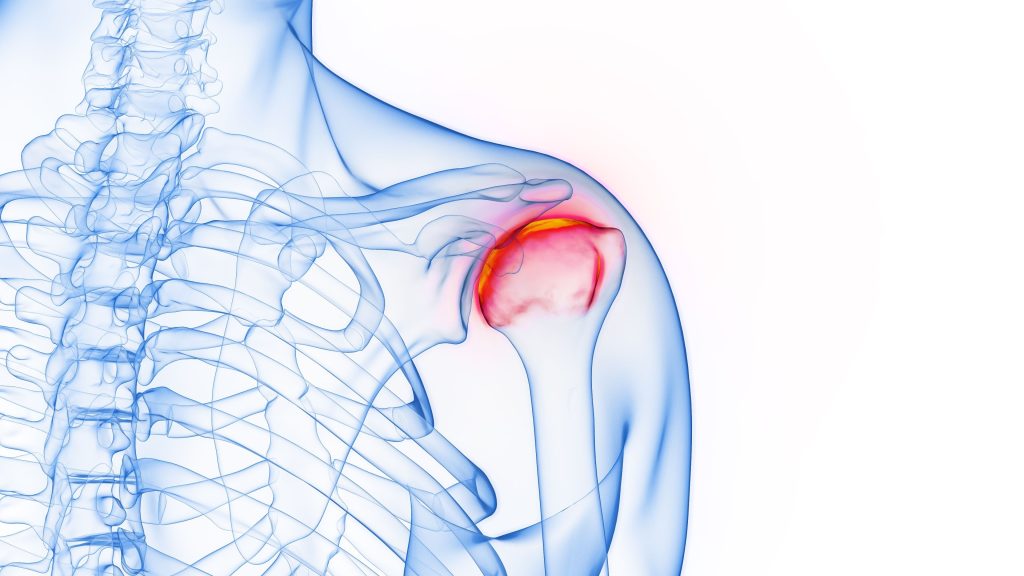
Interesting facts Orthopaedic is a word derived from the Greek “Ortho” and “Pais” or “straight child”. This is because it was originally used as a word to describe children with spine and limb deformities. Nowadays, Orthopaedics is more commonly used to describe the study and medical treatment of the musculoskeletal system, namely the bones and […]

